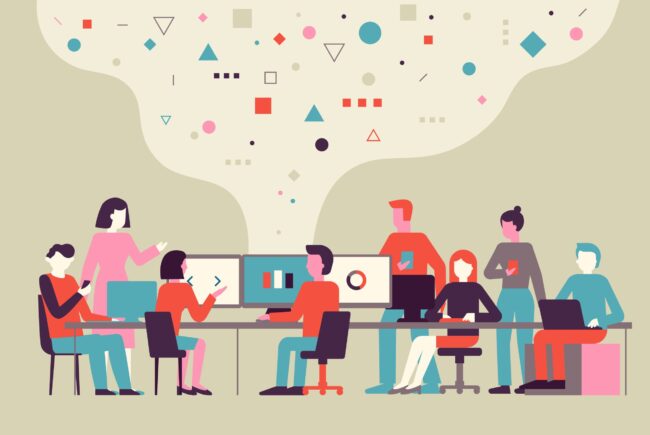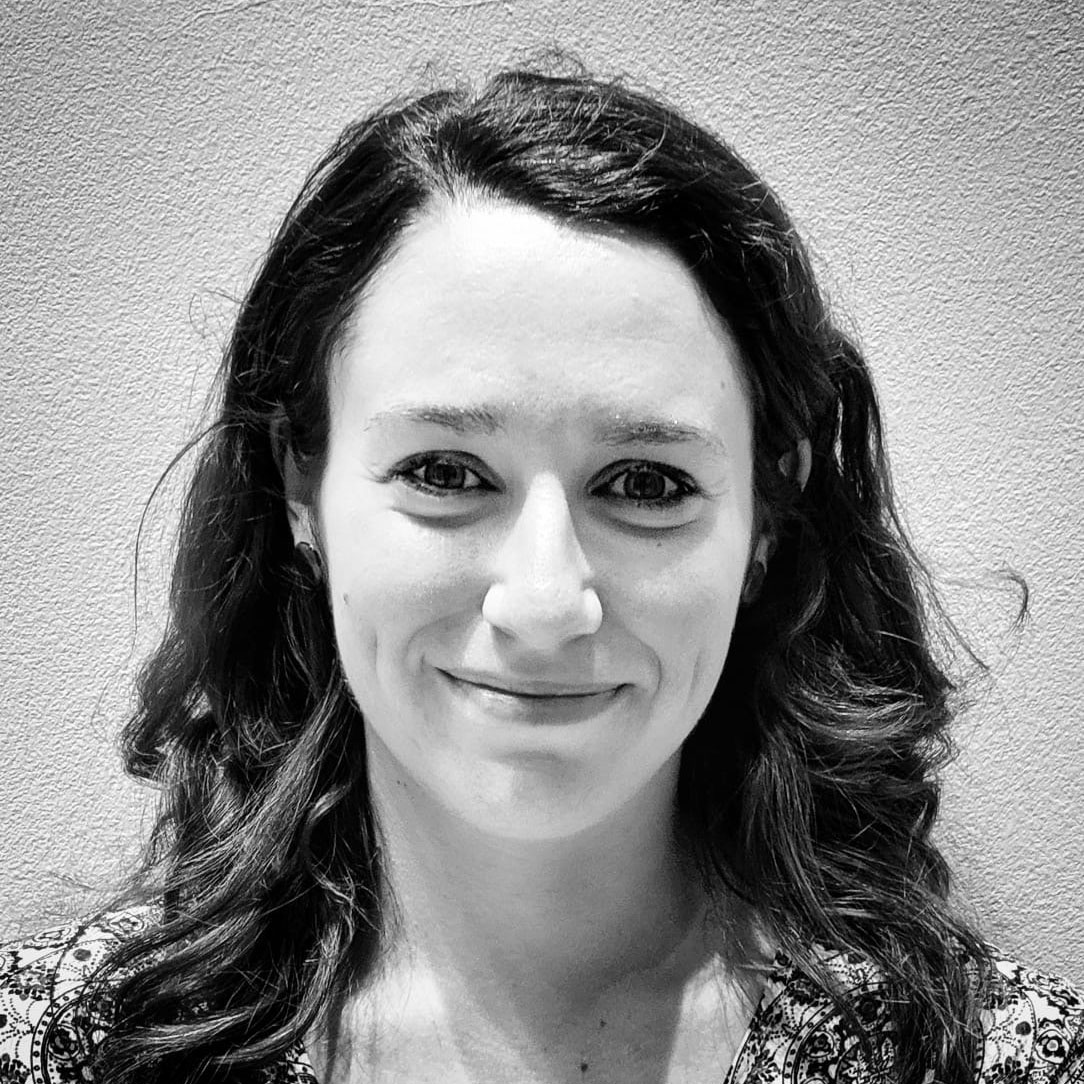

Digital making can be very beneficial to learning, as it entails going through several phases of the creative process, from design to implementation. Illustration: Shutterstock
Digital making can be very beneficial to learning, as it entails going through several phases of the creative process, from design to implementation. Illustration: Shutterstock
Irene-Angelica Chounta explores how hackathons and other types of “digital making” can make academic learning a more hands-on experience.
In recent years, experts have been grappling with the challenge of making learning practices more accessible, enjoyable and inclusive – particularly in formal education.
A good example of this trend is the increased awareness and adoption of best practices from learning experience design (LXD), a discipline seeking to design activities around the needs and journey of learners.
To illustrate the various aspects of LXD, we interviewed Irene-Angelica Chounta, a Junior Professor of Computer Science and Applied Cognitive Science at the University of Duisburg-Essen in Germany, who specialises in learning analytics.
In her work, Professor Chounta explores the role that makerspace-inspired events such as hackathons and “fab labs” can have in fostering learning in STEM disciplines.
In your work, you mention “21st-century skills”. What are they, and why are they important?
This idea converges on the notion that nowadays students need to have a broader range of skills for employability and to thrive in the digital era: critical thinking, creativity, problem-solving, refmakilection, and it’s challenging to integrate these into the formal education curriculum.
People learn different things through instruction than by engaging in active learning.
We lack best practice. In particular, there are some digital competencies around online learning and producing digital artefacts that both students and teachers are currently learning, such as online collaboration and data literacy.
Technology has become a fundamental dimension in all our activities, so we need to learn how to best interact with it.
What role does ‘making’ in collaborative settings have in developing these skills?
Digital making, and making more generally, are very beneficial to learning, as they entail going through several phases of the creative process, from design to implementation. They require coordinating with others, evaluating a target output that we need to set for ourselves and communicating our work and process to others, so they entail a great deal of critical thinking and reflection”.
A recent study found that students wrongly perceived their learning outcomes as better when exposed to passive instruction, than active participation. Why do you think there might be a disconnect?
There are now new fields of knowledge that explore this sort of question, and the role of active learning, such as Learning Experience Design (LXD).
People learn different things through instruction than by engaging in active learning. The learning outcomes are probably worse when learners are exposed to passive instruction because we are trying to teach skills by instruction that are not really teachable that way, so we need to readjust our targets and objectives.
You talk about allowing students to learn by doing. Why is active/project-based learning more effective than traditional methods?
I don’t really believe in the idea of passive knowledge transfer: communicating knowledge does not happen passively.
Active and project-based learning train different skills: you are asking people to learn from their experience and creative process which, in the case of hackathons, are carried out in a social arena.
The outcomes are expressive objects, which are evidence of the learning that process groups underwent. They showcase parts of the personality of individuals in the group. This is the main idea behind critical making.
Can you tell us a bit more about critical making?
This idea was coined by Matt Ratto, an Associate Professor at the University of Toronto. It refers to how individuals learn from the process of making, so it is not about the end product, but what you learn in the process, and personal intellectual expression.
Do you think there is tension between collaboration and personalisation in learning?
I don’t think there is necessarily tension between the two. The best project-based learning examples I can think of are those where people’s individual experiences are visible.
If we want to make these initiatives more inclusive, we need to design them as such.
When everyone brings part of themselves to the work they are doing, including in a group context, this generates a richer experience overall. I don’t evaluate projects solely on outcomes. A successful project is one where the group has been able to complete the different steps of the creative process – from ideation, to implementation, to communication.
You mention that hackathons have traditionally not been very inclusive. What could be done to mitigate the problem?
Maker spaces and hackathons have originated from STEM fields, and have traditionally been dominated by white, male, privileged individuals. This is a reflection of the way they have been organised and presented: as competitive, full time, ‘high-end’ tech events often held in privileged neighbourhoods.
If we want to make these initiatives more inclusive, we need to design them as such. For instance, you could have hackathons that target specific communities or populations such as women-organised events. There is a role to be played by online events in this as well.
How have makerspaces/hackathons been affected by the pandemic?
The pandemic has led to a surge in online hackathons focused particularly on topics like crisis management or COVID-19, which means that there has been an abrupt shift towards digital making and the creation of digital artefacts.
On the one hand, this meant that many people had to quickly develop digital literacy and learn how to communicate differently. On the other hand, there was more flexibility, which led to more diversity of participants. These changes are probably here to stay, but we need to master the art of hybrid working and projects.
How are you planning to take this work forward?
Among other things, I am attempting to build a makerspace that I call a “collaboration space”. This is to create collaboration between bachelor and master students, which I am hoping will help beat the gender imbalance and ensure that learning is not a lonely experience, but rather a hands-on, interactive one.
Academic work, especially in the context of a PhD, can be a lonely process, but it doesn’t have to be – we can create a space for exchanging ideas and building networks.
Authors







